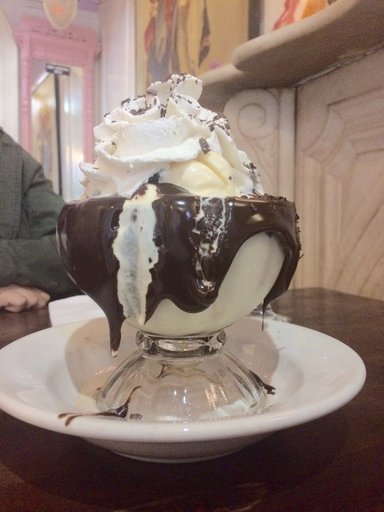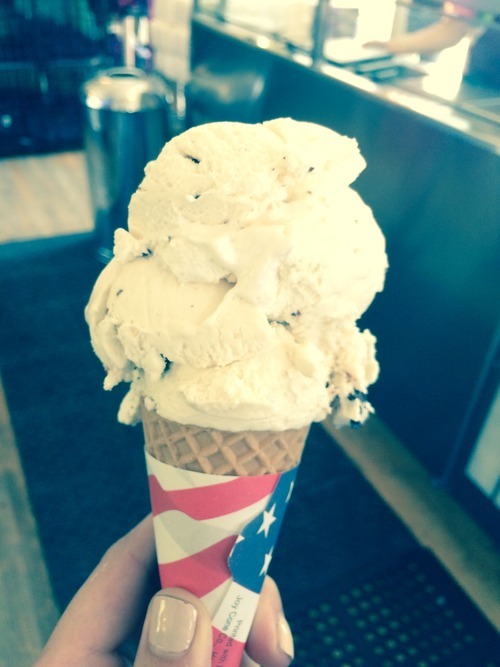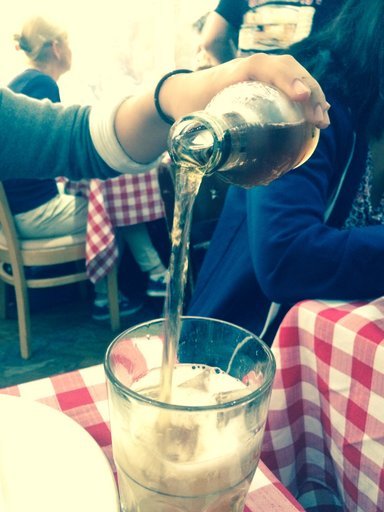First things first, let’s start with location and theater. The performance, “A Sucker Emcee”, is held in the Bank Street Theater in West Village. The theater is easy to find and has a nice courtyard area with interesting sculptures. Upon immediately entering the theater, I was met with a dimly lit lounge one of whose walls is dedicated to comments from the audience. Upon leaving one has the opportunity to respond to the play by writing a short reply on the wall. The theater itself was very small and only seated at most fifty people. This works for this performance because it’s important to see all the emotions wash across the face of the Craig ‘muMs’ Grant. It almost reminded me of a bar with a karaoke stage, which also worked for the context of this play. I would say that the theater is just the right amount of dingy to work with this performance.
Generally, I am not a big fan of one-man shows because the performer takes on the great responsibility of single handedly entertaining the audience and getting his message across. What’s interesting about this play is that in addition to this responsibility muMs was also the playwright for this performance. The only other person on the stage was the DJ. Both muMs and Rich Medina were dressed casually; muMs wore jeans and a t-shirt while Rich wore a dress shirt and a fitted cap with his jeans.
The performance began and muMs told the story of his upbringing in the Bronx and how he got into hip-hop. When I was younger I went through an Eminem phase and when muMs talked about his first experiences rapping, I couldn’t help but think of the lyrics to “Lose Yourself”; “His palms are sweaty, knees weak, arms are heavy/There’s vomit on his sweater already, mom’s spaghetti.” The story muMs told was his own which is very important for the performance because audience interaction was important for him. The genuine joy is visible on his face at times when the audience reacts with laughter to one of his jokes; when he talks about the hardships of his life the emotion is visible in his posture. The emotion of the actor was meant to replace all visual effects, props, and other things we are accustomed to seeing in most other plays. The only visual effect was with the lighting; different moods got lighting from different angles. As engaging as his couplets were, every once in a while I would lose my concentration, sometimes even listening to the music. Perhaps this could be helped by the addition of more effects.
I wouldn’t describe this performance as either a play or a one-man show but rather a spoken word performance. I think that if the music were to be removed from the background this could definitely pass as a spoken word performance. This makes sense because muMs said that before he got picked up for this gig he used to read his poetry at open mics in cafes. The music is what adds the essence of hip-hop to this performance, but even so it’s very different from the mainstream hip-hop. MuMs spoke about this in the talkback after the show and made a very unique analogy. He referred to mainstream hip-hop as a plant that once grew, people saw how much attention the plant was getting so they decide to photograph. After the organism died they replaced the plant with the photograph of it and now continue to make money by selling mass-produced copies of this photograph. He is referring to the music industry’s lack of originality in taking advantage of themes that “work”.
I could see this performance as appealing to people who enjoy old school hip-hop and people who could especially connect to muMs story, especially people who grew up in families without money.
























